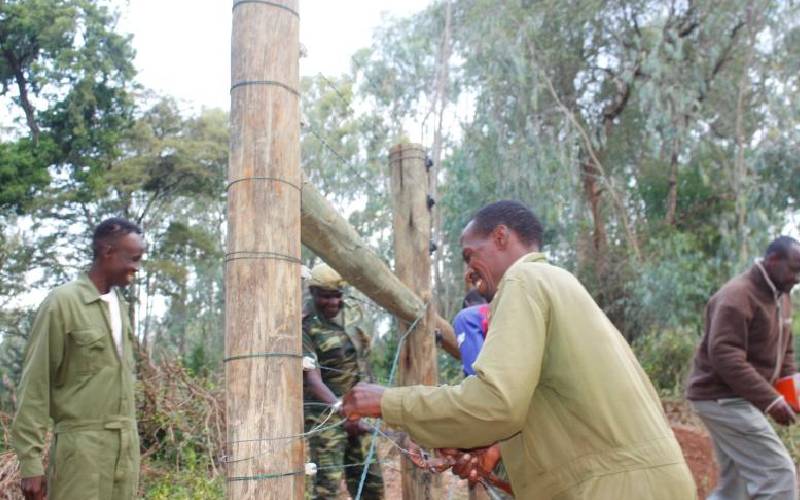×
The Standard e-Paper
Join Thousands Daily

KWS Workers putting up a fence across the Mount Kenya Ecosystem to ensure elephants do not stray into farms and homes. [Phares Mutembei, Standard]
Land fragmentation, and not poaching, is the biggest threat to wildlife.